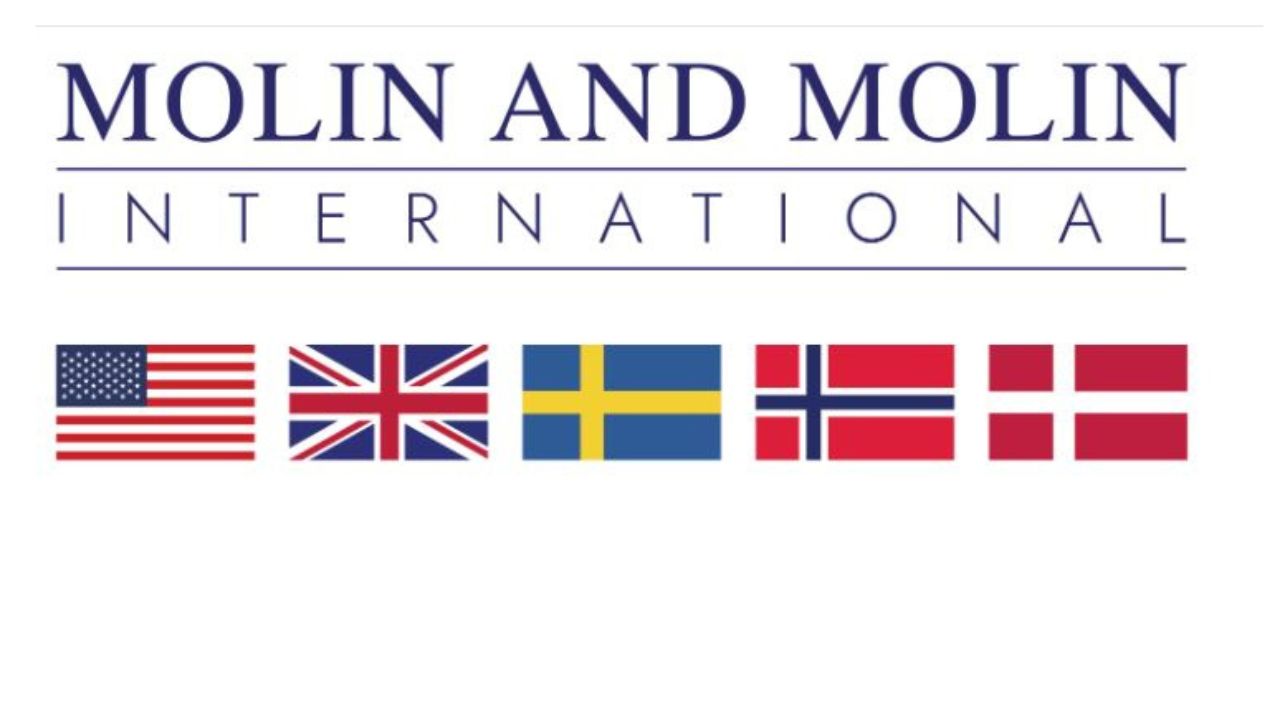Business lesson from Henry Ford
Managing Cash Flow
Payables and receivables are often considered just a mundane activity that must be done rather than an integral part of the larger money management strategy. Many business owners focus on growing their revenue and expanding their business, but fail to pay enough attention to the timing of their receivables and payables. This can lead to financial stress and an inadequate cash flow, even if the receivables list appears to be large.
It's easy to fall into the trap of assuming that future receivables will be enough to cover current expenses. However, it's important to remember that money that's due to come in sometime in the future won't help cover current bills or expenses. If you don't have the cash on hand when you need it, you'll be left with financial stress, regardless of the size of your receivables list.
Additionally, when money comes in dribs and drabs, and payables are due on exact dates without much flexibility, it creates a real cash flow problem. To prevent this from happening, a financial strategist must maneuver the payables and receivables chess board to establish a more favorable order for the company.
This is where a historical lesson from business titan Henry Ford can be useful. Ford was known for his unique approach to managing money, which included a focus on tight controls and efficient operations. In fact, Ford is famous for saying, "Money is like blood. It needs to circulate and flow. Stop the flow and you stop life."
Ford's philosophy can be applied to the management of payables and receivables. If you have a lot of cash tied up in receivables and you're not receiving payments on time, it's like stopping the flow of blood in your business. It can prevent you from paying your bills on time, which can create a ripple effect throughout the rest of your operations.
To avoid this scenario, it's important to establish a system that allows for better management of payables and receivables. This includes setting due dates for payables that are spread out, so that there's more flexibility in terms of managing cash flow. Ideally, all income would come in on the first of the month, and all payables would be due around the 10th. This would allow a company in a good financial position to pay all of its bills and still have money left over.
However, achieving this ideal scenario is easier said than done. It takes a strategic and thoughtful approach to develop a system that works best for your business. It may require negotiating new terms with vendors or clients, and it may require rethinking your entire approach to managing cash flow.
One way to bridge the gap between the time you start working on a client without receiving any money but having to pay for all your expenses and waiting to be paid on your receivables is to use a credit line. However, it's crucial to manage a credit line diligently and pay it back as soon as receivables are collected. Otherwise, you could find yourself in the same cash flow crisis as before, but with the added burden of a maxed-out credit line.
To effectively manage payables and receivables, it's important to adopt a strategic approach and to understand how each financial decision affects the rest of your operations. In the words of Henry Ford, "Don't find fault, find a remedy." By focusing on finding a remedy to cash flow problems and establishing a system that works for your business, you can create a solid foundation for long-term financial success.
In conclusion, payables and receivables are not just routine tasks, but integral parts of a larger money management strategy. By managing them strategically, businesses can avoid financial stress and ensure a healthy cash flow. As we have seen, timing is crucial when it comes to managing payables and receivables. A well-defined financial chessboard that allows the financial strategist to visualize and stabilize varying flows of money is essential to achieve success.
Just like Henry Ford, who had to innovate and streamline his manufacturing process to revolutionize the automobile industry, businesses need to innovate and streamline their financial processes to achieve success. By managing payables and receivables effectively, businesses can optimize their cash flow, prevent financial stress, and achieve financial success.
In summary, managing payables and receivables is just one aspect of a successful money management strategy. It takes education, experience, and intuitive knowledge to effectively manage payables and receivables. By using a financial chessboard and innovative strategies, businesses can stay ahead of the game and achieve financial success.


